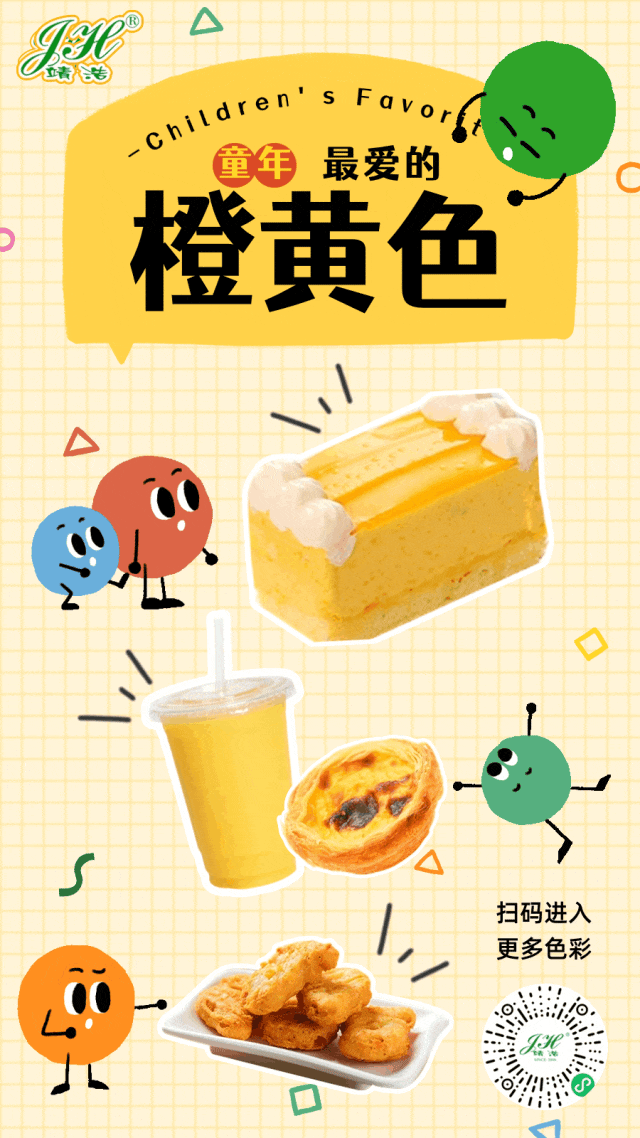

On Children's Day, which recently occurred on June 1st, brands demonstrated remarkable creativity. From fast food chains to IP co-branded toys, a variety of limited edition products were launched for Children's Day to cater to the appetite of both young and adult consumers. According to Hema data, sales of gift boxes containing snacks such as cookies, candy and chocolate nearly tripled in the final week of May.
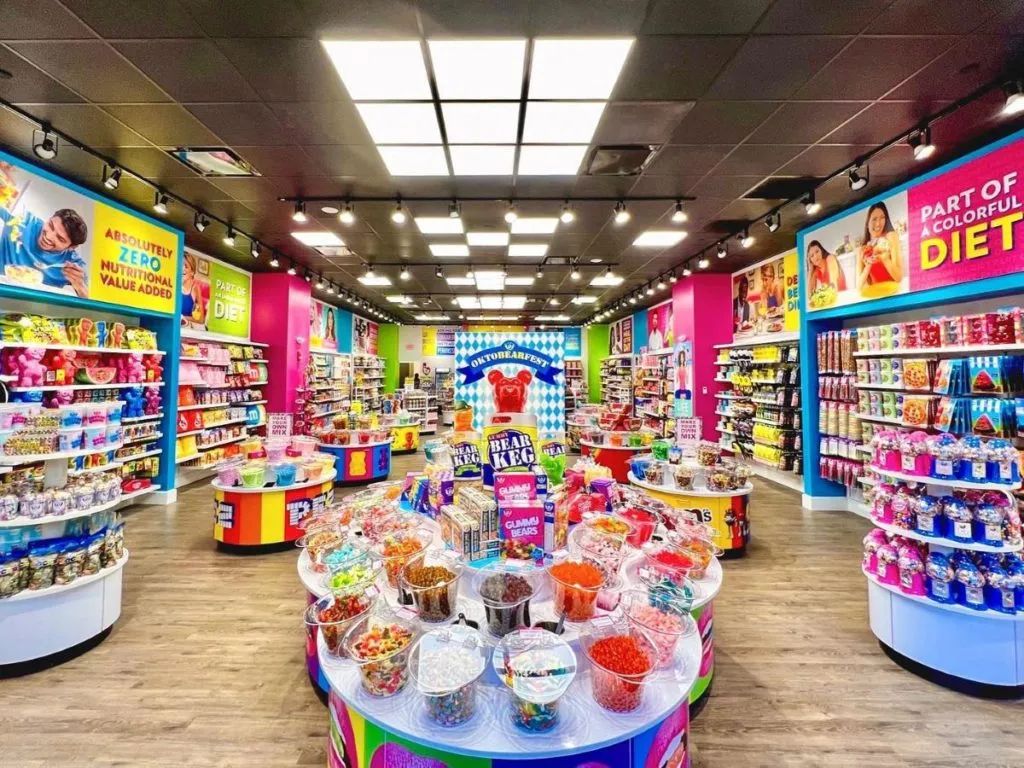
When it comes to food, maintaining product freshness is crucial for appealing to adult consumers, while ensuring the safety of ingredients and an attractive appearance is more important for children.
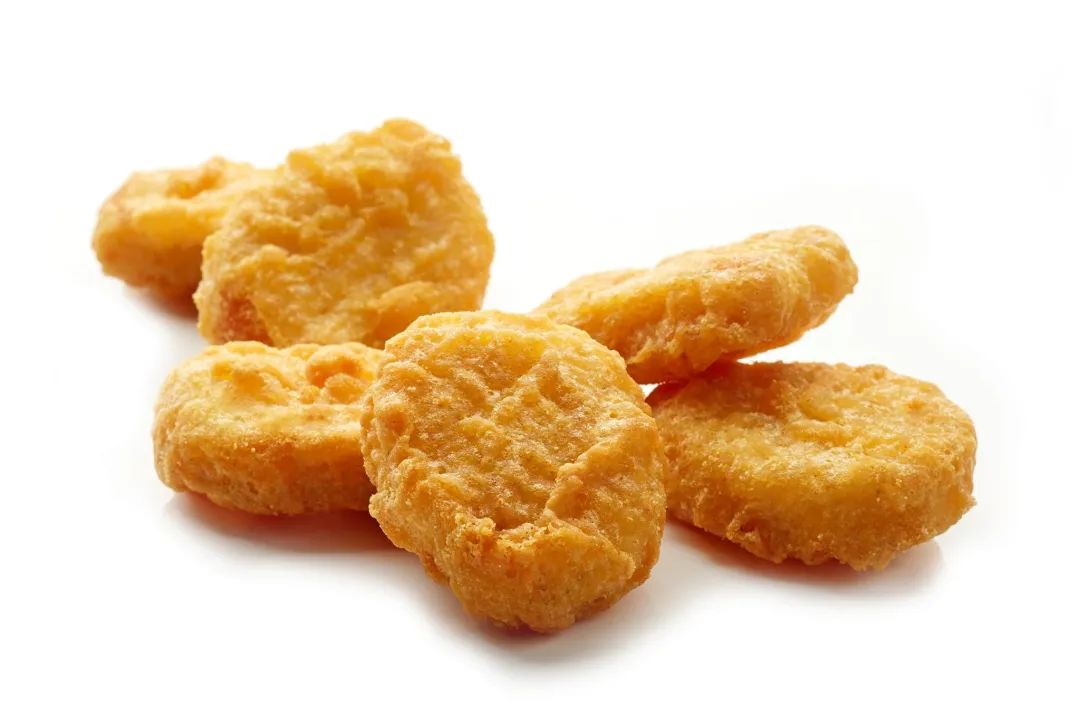
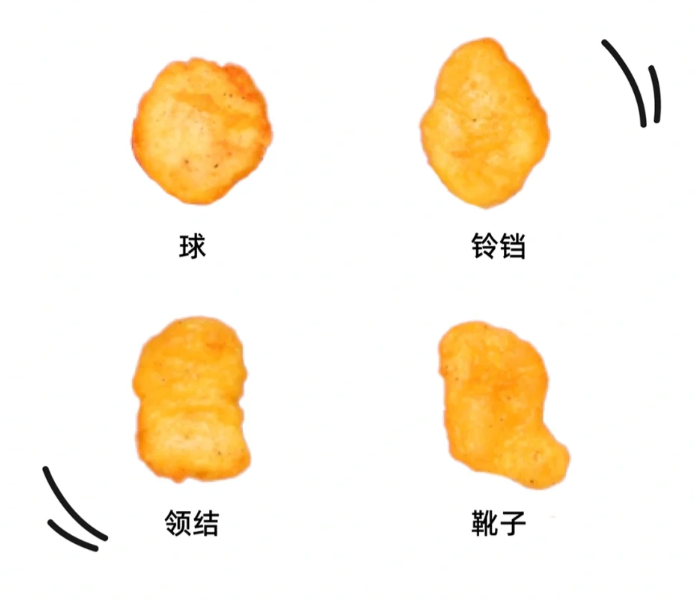
For example, the chicken nuggets in the popular Western fast food brand have been welcomed by adults and children, and the brand had interesting interpretations of what the shape of each chicken nugget represents:
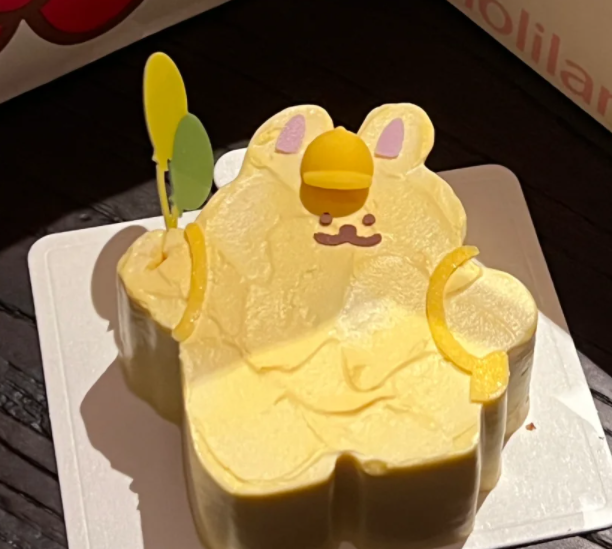
Special cakes for Children's Day produced by Western bakery brands:

Under careful observation, it is not difficult to find that the food designed for interesting childlike innocence has one thing in common - lively and lovely colors.
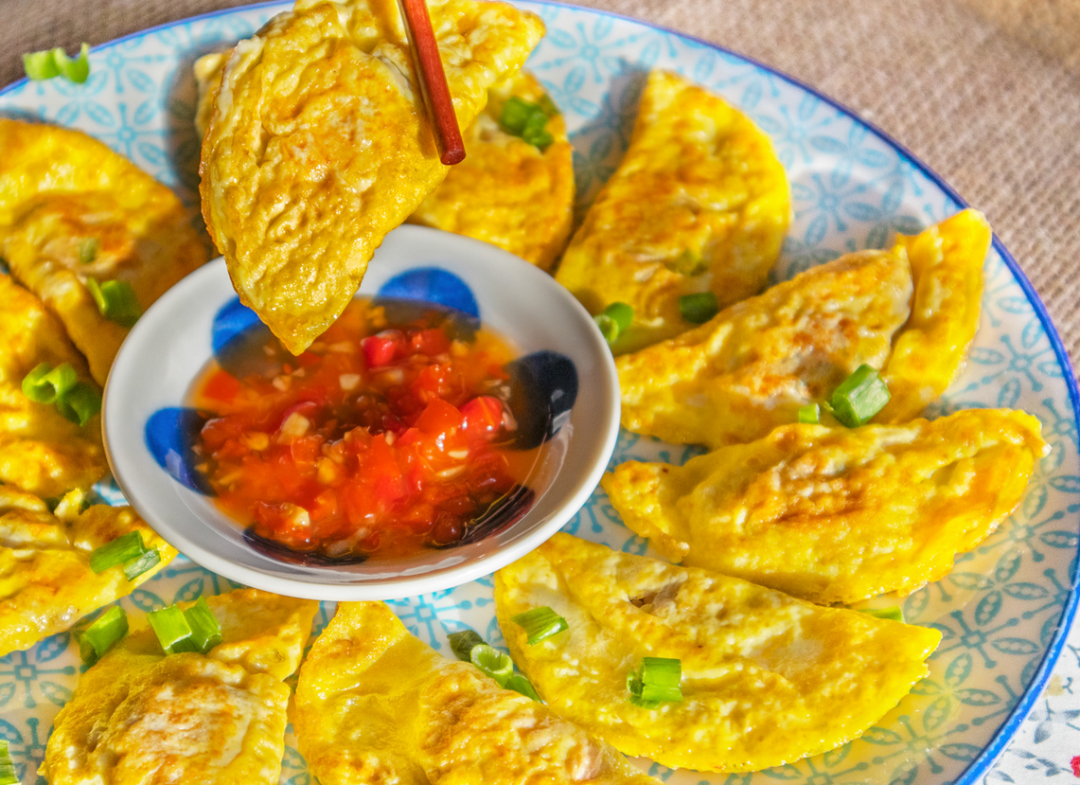
The color of orange and yellow always reminds people of the sunshine and makes people full of energy, while orange-colored food is like bright sunshine, giving people a feeling of health, happiness and energy. With the concept of natural and health gradually deeply rooted in the heart, brands and manufacturers applied "orange" to innovate and change the appearance of products, and more and more orange-colored natural pigments are widely used in the production of various food categories.
ADM(Agile Data Management) shows that in the worldwide, the classic citrus flavor orange food takes a place in almost all food categories, and the number of related new products accounted for nearly 30%. In addition to the citrus series, there are many foods related to orange and yellow in daily life, they can be found from vegetables and fruits to grains and potatoes, etc., such as β-carotene, natural carotene, annatto extract, turmeric, gardenia yellow, carthamins yellow, lutein and other natural pigments are also widely used in beverages, candy and other food categories. Here we focus on β-carotene.

β-carotene, one of the carotenoids, is a common and relatively stable natural pigment in nature. It belongs to the family of natural chemicals, such as carotene or carotenoids. It is found abundantly in plants, giving fruits and vegetables rich yellow and orange colors. Relatively stable to weak alkalinity; Not affected by reducing agents such as ascorbic acid. The color of β-carotene itself varies with the difference in concentration. The dilute solution is orange or yellow, and shows orange to orange-red color when the concentration grows. It can cover all colors from red to yellow, so it is of interest to the food industry.

β-carotene is not only oil-soluble pigment, but also can be converted into water-soluble pigment through technical process, which is widely used in a variety of food manufacturing industries, such as candy (food classification number: 05.02), baked food (food classification number: 07.0), fruit and vegetable juice (pulp) beverage (food classification number: 14.02.03), fruit and vegetable wine (food classification number: 14.02.03). 15.03.03), jelly (food classification number: 16.01), etc.

For more specific industry categories and usage, please refer to the relevant provisions in the "GB2760 National Food Safety Standard For Food Additives Use", and refer to the following for details:




Hot search label:
Carbon black、 Gardenia yellow、 Curcuma longa、 Natural carotene、 Tripotassium glycyrrhizinate、 Carmine、 Compound colorant、 Complex customizationZhuhai Jinghao Biological-tech Co., Ltd 粤ICP备20042151号